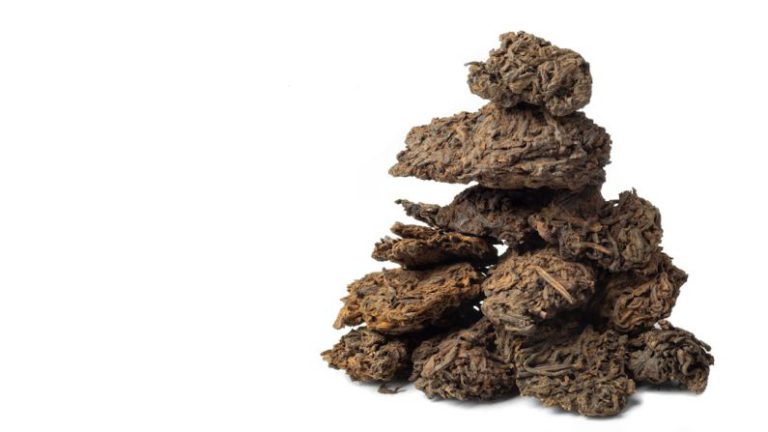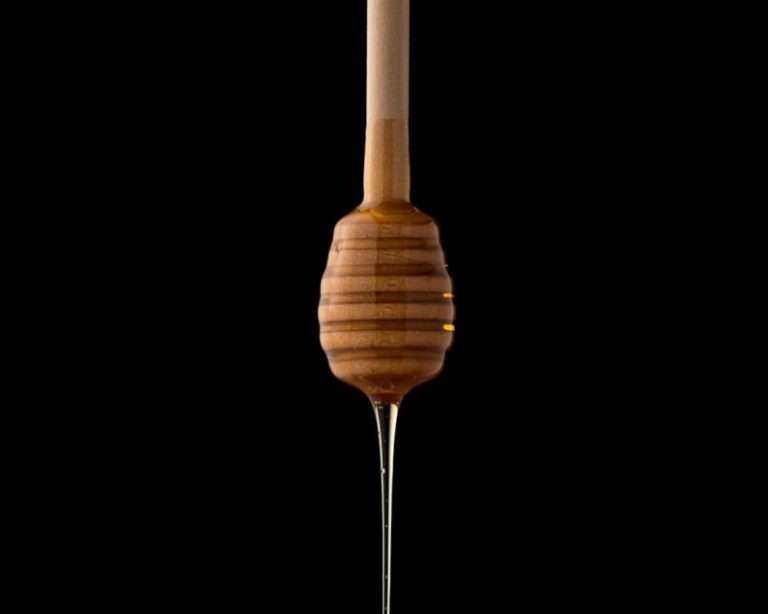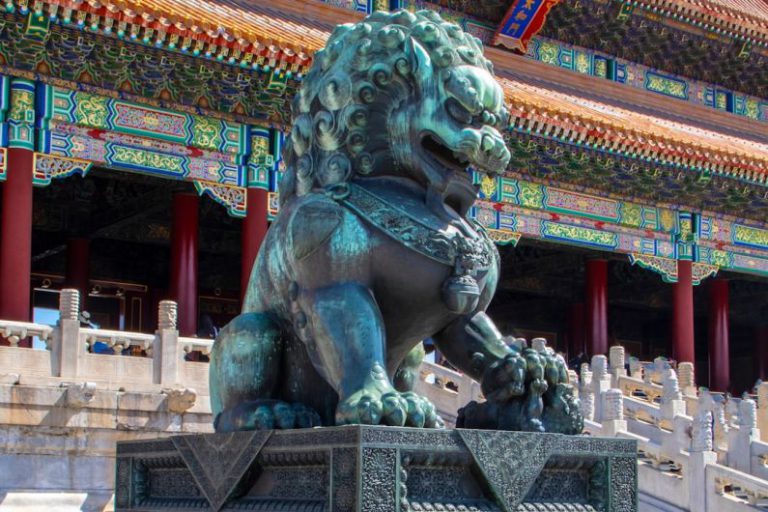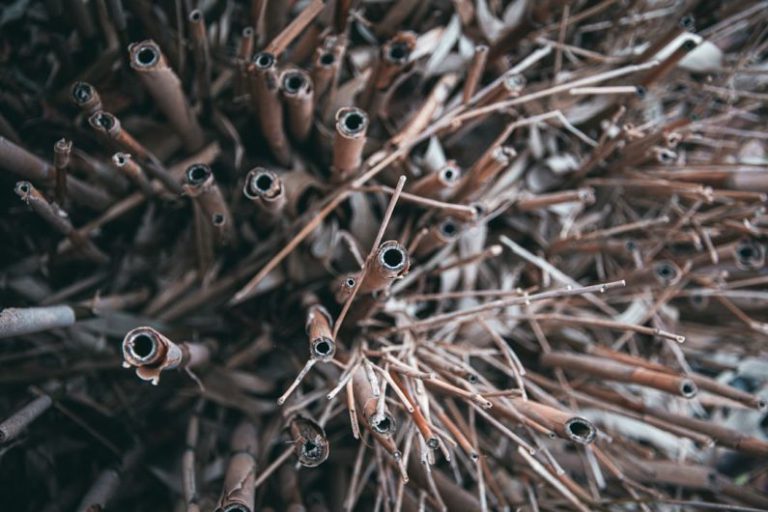Uncovering the Types of Korean Tea: a Whiff of Tradition
Korean tea culture is steeped in history and tradition, with a diverse array of teas that cater to different tastes and preferences. From the delicate and floral flavors of green tea to the earthy notes of fermented teas, Korean teas offer a sensory journey that reflects the country’s rich cultural heritage. Let’s delve into the world of Korean tea and explore the various types that have captivated tea enthusiasts worldwide.
Green Tea: A Symbol of Purity and Vitality
Green tea holds a special place in Korean culture, known for its fresh and grassy flavors that evoke a sense of purity and vitality. Widely consumed in Korea, green tea is celebrated for its health benefits and refreshing taste. The most famous variety of Korean green tea is called “Nokcha,” which translates to “green tea.” Grown in the lush fields of Boseong and Hadong, Nokcha is characterized by its vibrant green color and subtle sweetness. Korean green teas are typically pan-fired or steamed, preserving their natural flavors and nutrients.
Balhyocha: The Unique Oxidized Tea of Korea
Balhyocha stands out as a distinctive Korean tea variety that undergoes partial oxidation, resulting in a flavor profile that bridges the gap between green and black teas. This semi-oxidized tea offers a complex taste experience, with notes of honey, nuts, and fruit. Balhyocha is known for its rich amber liquor and smooth finish, making it a favorite among tea connoisseurs seeking something different from traditional green teas. The production of Balhyocha involves meticulous processing techniques that enhance its nuanced flavors, making it a true gem in the world of Korean tea.
Jaksul Cha: The Sweetness of Sparrow’s Tongue
Jaksul Cha, also known as “Sparrow’s Tongue,” is a premium green tea prized for its tender leaves and delicate flavor profile. This tea variety is harvested in early spring when the leaves are young and full of nutrients, resulting in a sweet and floral brew. Jaksul Cha is meticulously handpicked and processed to preserve its natural sweetness, making it a sought-after tea for special occasions and ceremonies. The name “Sparrow’s Tongue” pays homage to the small and fine shape of the tea leaves, resembling the delicate tongue of a sparrow.
Hwangcha: The Golden Tea of Korea
Hwangcha, or “yellow tea,” holds a special place in Korean tea culture for its unique production process and golden hue. This tea variety undergoes a brief period of oxidation and fermentation, resulting in a mellow and soothing brew that is less astringent than green tea. Hwangcha is characterized by its golden liquor and subtle floral notes, making it a popular choice for those seeking a gentle and aromatic tea experience. The name “Hwangcha” reflects the tea’s golden color, symbolizing wealth and prosperity in Korean culture.
The Art of Korean Tea Ceremony: A Spiritual Experience
In Korea, tea is more than just a beverage—it is a symbol of hospitality, respect, and spiritual connection. The Korean tea ceremony, known as “Darye,” is a ritualistic practice that dates back centuries and emphasizes harmony, mindfulness, and tranquility. During the tea ceremony, participants engage in a series of graceful movements, such as washing the teaware, brewing the tea, and serving it with reverence. The ceremony creates a serene atmosphere where guests can savor the aroma and flavor of the tea while fostering a sense of unity and appreciation for nature.
Embracing Korean Tea Culture: A Journey of Exploration
As we unravel the diverse types of Korean tea, we embark on a journey that celebrates tradition, craftsmanship, and the art of tea-making. Each cup of Korean tea offers a glimpse into the country’s rich cultural heritage and deep-rooted reverence for nature. Whether you prefer the grassy notes of green tea, the nuanced flavors of Balhyocha, or the golden hue of Hwangcha, Korean teas invite us to slow down, savor the moment, and connect with the essence of the tea itself. So, next time you brew a cup of Korean tea, remember that you are not just drinking a beverage—you are experiencing a whiff of tradition that transcends time and borders.






